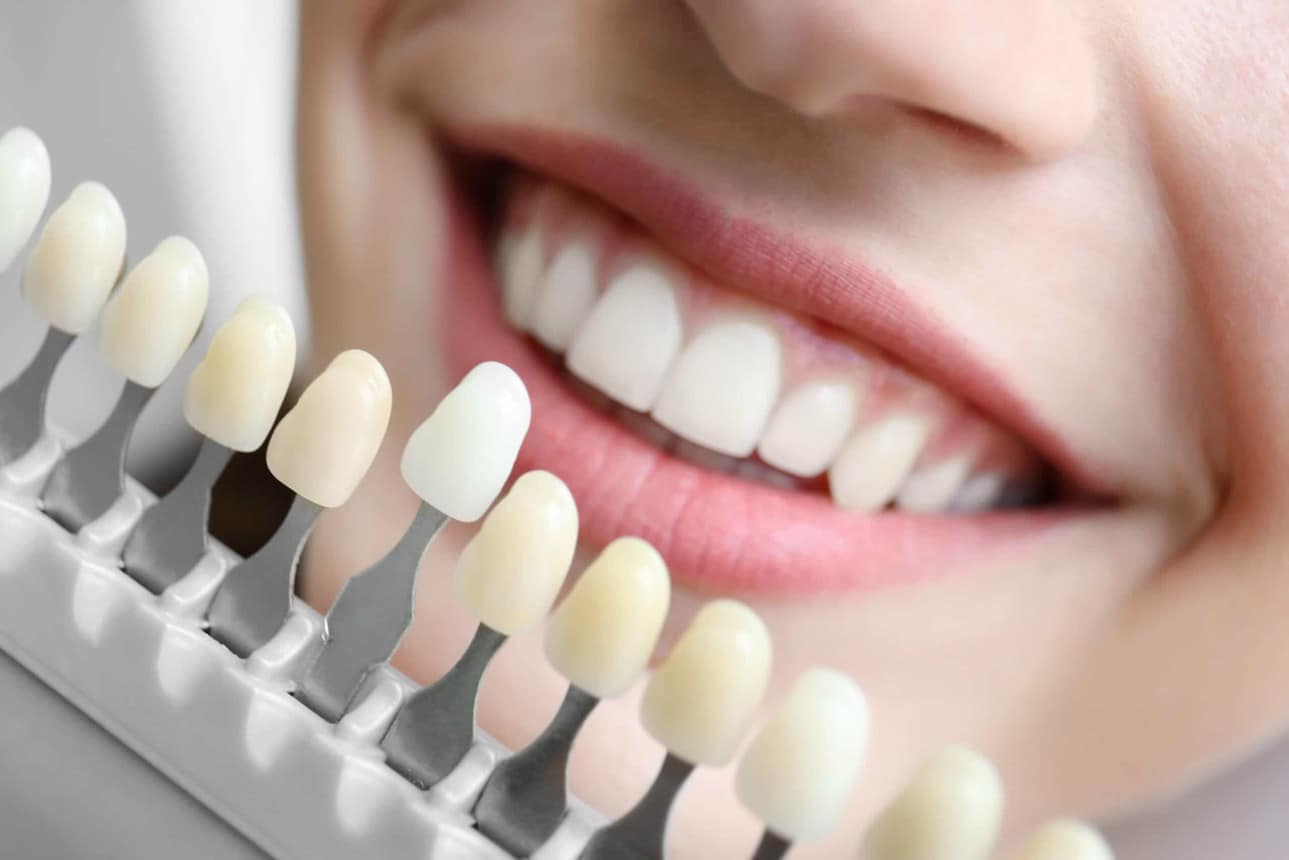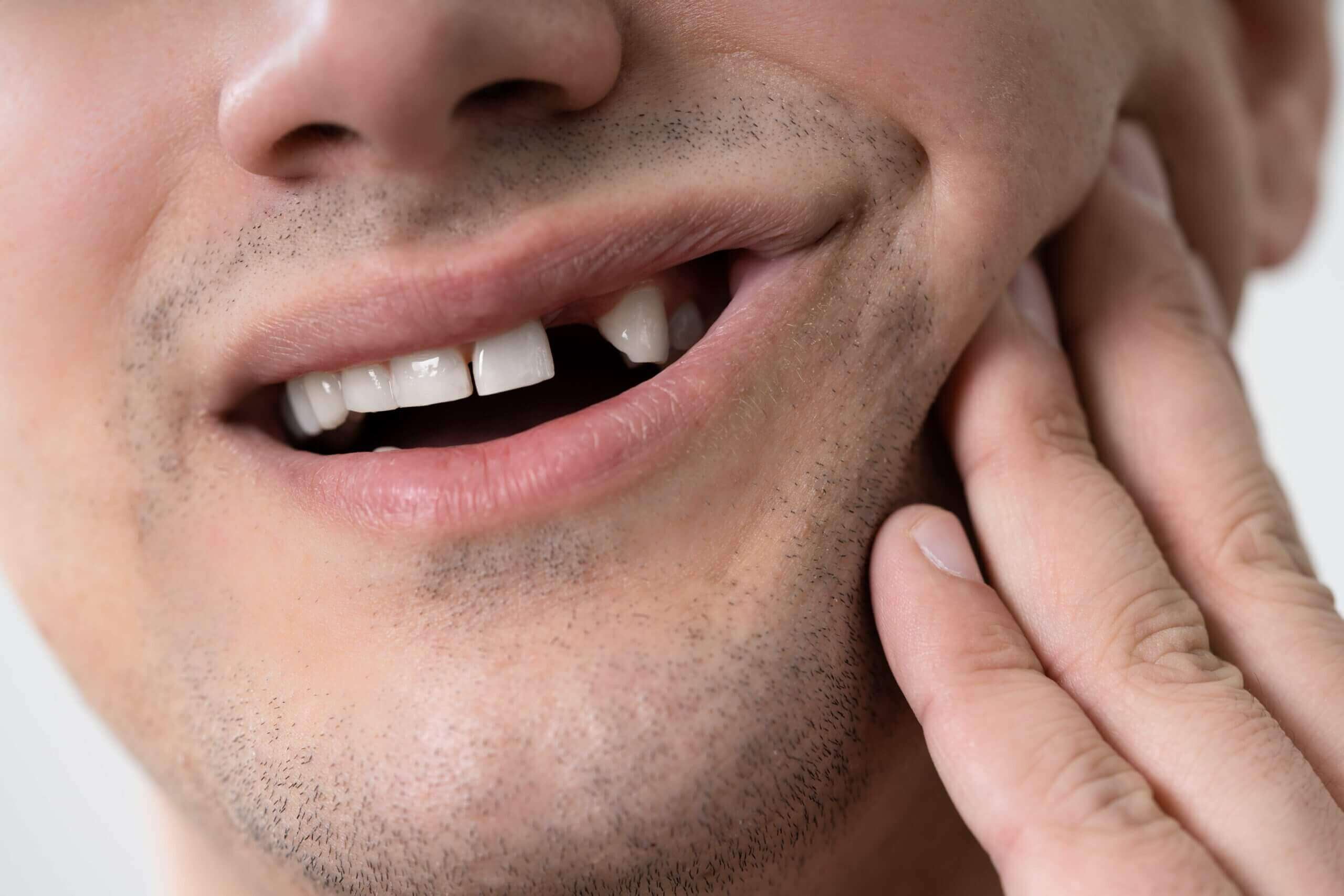Malocclusion. It’s the fancy term we use to refer to when your upper and lower teeth don’t quite fit together correctly. In other words: a bad bite. Don’t worry, it’s common. While there are the occasional Clark Kents out there with a perfect jawline and a bite that makes orthodontists swoon, just about everyone else’s is a little bit off. But sometimes it can be a little too far off, affecting breathing, eating and, of course, confidence.
That’s when we swing into action.
This week, we’d like to share a few of the major types of malocclusion, how they develop and what we can do to fix them.
Overbites (Class 2 Malocclusion)
The most common kind of malocclusion in North America is the overbite, and not just for Simpsons characters.
An overbite is when your upper teeth hang down too far beyond your lower. That isn’t to say they stick out farther horizontally — that’s called an “overjet” — but rather that there’s a large gap between your upper and lower incisors (or front teeth) when your mouth is closed. Generally, most people will have 3mm to 5mm between their upper and lower teeth, but anything more than that might be considered a malocclusion. Scientists have speculated that thumb-sucking or even eating with a knife and fork have contributed to the development of overbites. One, anthropologist C. Loring Brace, noticed that rates of overbites increased after forks were introduced in Europe, and saw the same recorded increase occur after chopsticks became popular in Asia 900 years earlier. Of course, like everything else in bodies, genetics play a large role as well.
Underbites (Class 3 Malocclusion)
The next most common type of malocclusion is the underbite, which occurs when the lower jaw extends forward, placing the lower teeth ahead of the upper. While perhaps a good look for an NHL bruiser, most underbites are corrected in children before they enter puberty. This type of malocclusion can be problematic.
Like overbites, there are several reasons underbites develop. Genetics is again at the heart of the matter, but sometimes long-term use of pacifiers or bottles are to blame. Thumb-sucking is also pointed to as a culprit, along with a regular thrusting of the tongue against the lower teeth in early childhood. Pacifiers, bottles, thumb-sucking: notice a theme here? That’s right: adults tend not to develop underbites.
Crossbites
A rarer form of malocclusion is the crossbite, which can involve either a single tooth or an entire group, usually the bicuspids or molars. It occurs when the upper teeth on the side of your mouth bite down on the inside of the lower, often due to a narrow jaw. We talk about teeth being closer to the “buccal” or “lingual” position, but what we mean is whether they’re near your check or your tongue. Too close to one or the other and you may have a crossbite.
Besides a narrow jaw, other factors that can contribute to the development of a crossbite include frequent grinding of teeth during early childhood when our pearly whites are still just getting situated, or a traumatic injury to the mouth or jaw. Crossbites are particularly uncomfortable for the patient and can lead to damage to the tooth, gum and jaw bone. Ouch.
Treatment
Like everything in dentistry, an ounce of prevention is worth a pound of cure. When we notice malocclusion developing, we like to move fast to prevent it from getting worse. That may mean the use of a dental appliance.
Whatever the technique, the goal is to carefully realign the patient’s bite, drawing the lower jaw forward or backward, strengthening jaw muscles with elastic or shifting teeth with a bridge or retainer. Quite often, a minor overbite or underbite will be corrected along with misaligned teeth by braces, and not require separate treatment. But the most extreme cases may require surgery. Your dentist will be able to guide you through this and answer your questions. The ideal age for treatment is right after a child’s first pre-pubescent growth spurt, generally 1011 for girls and 1112 for boys. But it’s never too late to turn a bad bite into a good one.





